I've the following code:
<ItemsControl ItemsSource="{Binding SubItems}">
<ItemsControl.ItemsPanel>
<ItemsPanelTemplate>
<WrapPanel Orientation="Horizontal"></WrapPanel>
</ItemsPanelTemplate>
</ItemsControl.ItemsPanel>
<ItemsControl.ItemTemplate>
<DataTemplate>
<Grid Margin="10">
<Grid.RowDefinitions>
<RowDefinition Height="*"></RowDefinition>
<RowDefinition Height="Auto"></RowDefinition>
</Grid.RowDefinitions>
<Image Source="{Binding Image}" ></Image>
<TextBlock Text="{Binding Name}" Grid.Row="1" HorizontalAlignment="Center"/>
</Grid>
</DataTemplate>
</ItemsControl.ItemTemplate>
</ItemsControl>
Currently if I run this code, every item(grid) tries to take the full space available and I've only 1-2 items visible over the 20+ I've in my SubItems collections.
If I set a MaxWidth to my Grid, I see all of them, but when I maximize the window, I've a lot of free space.
If I don't set any width, I've this:

If I set a width and increase the size, I've this:

The goal is to have something like the second case, but without having to set a width, and having it scale if I increase the window size.
Edit2
I tried with UniformGrid, but two issues. With two elements, it seems it absolutely wants to have 4 column and 3 rows. Even if would be better with 3 column 4 rows:





